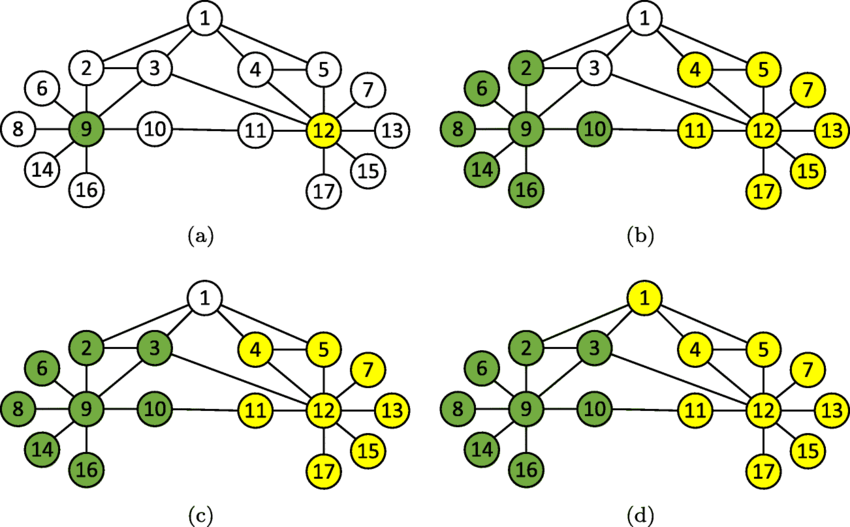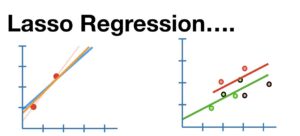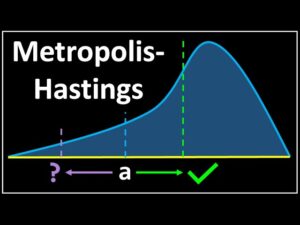A Brief History of This Tool
Label propagation, a machine learning algorithm for semi-supervised learning, was first introduced to leverage both labelled and unlabelled datasets for enhanced predictions: researchers in statistical physics and computer science, such as Xiaojin Zhu, significantly contributed to its development and made it a cornerstone in graph-based learning techniques.
What is it ?
Label propagation is a graph-based learning algorithm used for semi-supervised classification. Imagine a network of connected points (nodes) where some nodes have known labels (information), and others do not. The algorithm uses graph connections (edges) to propagate labels from labelled nodes to unlabelled ones, predicting classifications for the latter based on their relationships.
Why It Is Being Used? What Challenges Are Being Addressed?
Label propagation addresses the challenge of insufficient labelled data, which is often expensive and time-consuming to acquire. It effectively utilizes abundant unlabelled data to improve accuracy in areas such as network security (e.g., spam detection), social network analysis, and biological network modelling for drug discovery.
How It Is Being Used?
The process involves graph representation of data where nodes are data points and edges indicate relationships. A subset of nodes is assigned initial labels, and Markov random walks propagate these labels across the graph iteratively, based on the graph’s structural information.
Different Types
While the foundational concept remains consistent, variations exist based on the graph structure and propagation mechanism, such as weighted label propagation and iterative refinement algorithms.
Different Features
- Adaptability: Performs well with dynamic graphs.
- Efficiency: Operates effectively on large-scale datasets.
- Versatility: Applies across domains with varying data types.
Different Software and Tools for It
- Scikit-learn: Provides tools for graph-based semi-supervised learning.
- NetworkX: Enables graph visualization and label propagation modelling.
- Python Graph Libraries (e.g., PyTorch Geometric): Offers advanced implementations for large graphs.
Three Industry Application Examples in Australian Governmental Agencies
- Department of Home Affairs: Enhances cybersecurity measures by identifying phishing attempts across email networks.
- Australian Bureau of Statistics: Analyzes census data to infer missing classifications for improved accuracy.
- Department of Health: Maps disease outbreaks to predict infection spread using epidemiological networks.
How interested are you in uncovering even more about this topic? Our next article dives deeper into [insert next topic], unravelling insights you won’t want to miss. Stay curious and take the next step with us!








